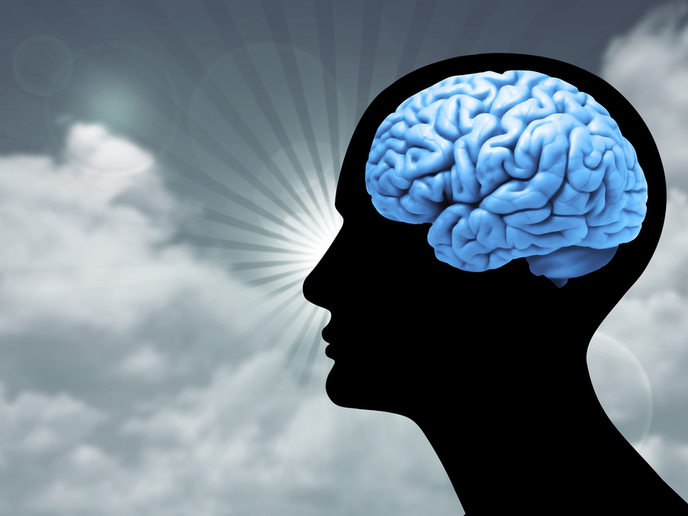Regenerative paths for neurodegeneration
Huntington’s disease (HD) is a neurodegenerative disorder associated with motor, cognitive, and psychiatric disabilities. It is caused by loss of specific neuronal populations in the part of the brain known as the striatum where medium spiny neurons (MSN) are severely affected. Available treatments are purely symptomatic or neuroprotective but novel regenerative approaches that restore neuron function seem to be the only way forward. In this context, understanding the process of neuronal lineage development is critical for designing appropriate differentiation protocols of human pluripotent stem cells. The EU-funded HESC DIFFERENTIATION (Generation of striatal neurons from mouse and human embryonic stem cells: its relevance for regenerative medicine in Huntington's Disease and for studying striatal development) project used embryonic stem (ES) cells which express the transcription factors Gsx2 and Ebf1. The idea was to see how this molecular axis could drive MSN differentiation from ES cells in a specific temporal window. Researchers established a hES cell-based system of inducible gain-of-function whereby they controlled specific transcription factor expression at particular stages of culture. They found that they had to activate sonic hedgehog and inhibit wnt signalling to obtain neuronal progenitors from ES cells. Gsx2 and Ebf1 played a significant role in cell cycle regulation during human striatal specification and differentiation. Co-expression of Gsx2 and Ebf1 enhanced the overall potential of ES cells to differentiate down the neuronal lineage. Taken together, the HESC DIFFERENTIATION study provides the first evidence that manipulation of neuronal progenitors can give rise to functional striatal neurons. Although cell transplantation as a therapy for HD is still at its infancy, project findings indicated potentially effective strategies for restoring neuronal function.







